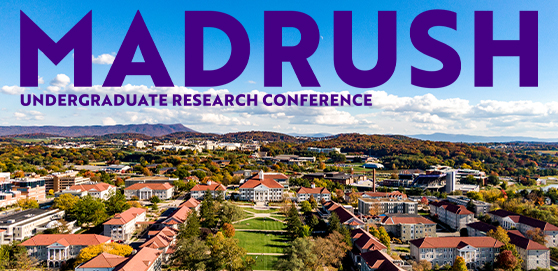Abstract
When art is the victim of violence the object itself isn’t the only thing under attack. I see acts of violence against art as a two-step process: an attack on the physical art object and an attack on the icon, symbol, or sign it represents. This paper examines the 1914 slashing of the Diego Velàzquez painting The Rokeby Venus (1647-51) by British suffragette Mary Richardson. Using this attack as a case study, I argue that the event is semioclastic, as opposed to iconoclastic or vandalistic, meaning that it is an attack on the painting as a sign and is therefore reliant on the relationship between object and viewer. Word choice has a direct impact on the way we think, and after analyzing research on both iconoclasm and vandalism, I felt that neither term accurately represented this incident. In an attempt to more precisely describe this attack, I propose the need for new and different terminology, choosing to define it as semioclasm. Using semiotic theory as my main methodology, I argue that Mary Richardson’s attack should not and cannot be categorized as iconoclasm or vandalism. This research aims to examine and challenge the ways in which the destruction of art is discussed in the field of art history. I conclude with a discussion on the erasure of these violent attacks, specifically in museums, arguing that through their restoration processes, museums are trying to erase the event from history.
Slashing Signs: Mary Richardson's Attack on "The Rokeby Venus" as Semioclasm
When art is the victim of violence the object itself isn’t the only thing under attack. I see acts of violence against art as a two-step process: an attack on the physical art object and an attack on the icon, symbol, or sign it represents. This paper examines the 1914 slashing of the Diego Velàzquez painting The Rokeby Venus (1647-51) by British suffragette Mary Richardson. Using this attack as a case study, I argue that the event is semioclastic, as opposed to iconoclastic or vandalistic, meaning that it is an attack on the painting as a sign and is therefore reliant on the relationship between object and viewer. Word choice has a direct impact on the way we think, and after analyzing research on both iconoclasm and vandalism, I felt that neither term accurately represented this incident. In an attempt to more precisely describe this attack, I propose the need for new and different terminology, choosing to define it as semioclasm. Using semiotic theory as my main methodology, I argue that Mary Richardson’s attack should not and cannot be categorized as iconoclasm or vandalism. This research aims to examine and challenge the ways in which the destruction of art is discussed in the field of art history. I conclude with a discussion on the erasure of these violent attacks, specifically in museums, arguing that through their restoration processes, museums are trying to erase the event from history.



